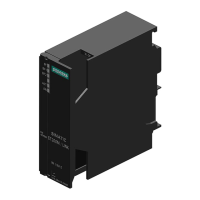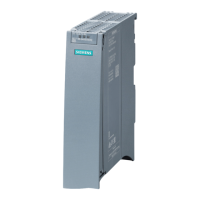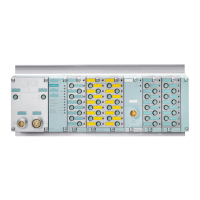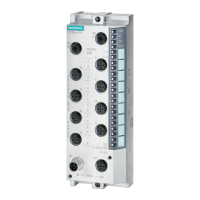What you should know about analog technology
2.19 Smoothing
Analog value processing
54 Function Manual, 06/2014, A5E03461439-AC
Smoothing
Using the smoothing functions
Most analog input modules allow you to configure smoothing for the measuring signal in
STEP 7. Smoothing analog values reduces the effect of interference signals. Smoothing is
useful with slow changes in measured values, for example in temperature measurements.
The measured values are smoothed by means of filtering. The module forms mean values
from a specified number of converted (digitalized) analog values. Smoothing should not be
confused with the integration of measured values over a defined period of time. It is therefore
not possible to smooth measured signals to filter out a specific interference frequency.
However, this smoothing returns more "stable" data values because it suppresses peaks
which overlay the measured signal.
4 (none, weak, medium, strong) or more levels of smoothing can be configured by the user
depending on the module used. The level determines the number of analog values from
which the mean value is generated. The greater the smoothing factor, the better the filtering.
Figure 2-24 Selecting the smoothing level in STEP 7
A smoothing algorithm is applied to a configurable number of measured values (e.g. 4, 8, 32)
in line with the moving average. Each new measured value is factored in, and the oldest
measured value then ignored. This mechanism suppresses interference peaks which overlay
the measured signal. Utility signal jumps only become evident in the data after some time
(see examples below).
The modules of the various product ranges use different smoothing algorithms. Smoothing is
either linear or exponential. The differences are apparent particularly with strong smoothing
and lead to a faster or slower rate of rise depending on the product used.
For information on whether or not a specific module supports customization of the smoothing
function, please refer to the manual of the analog input module.
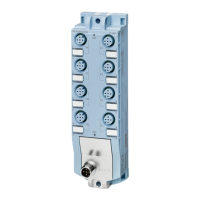
